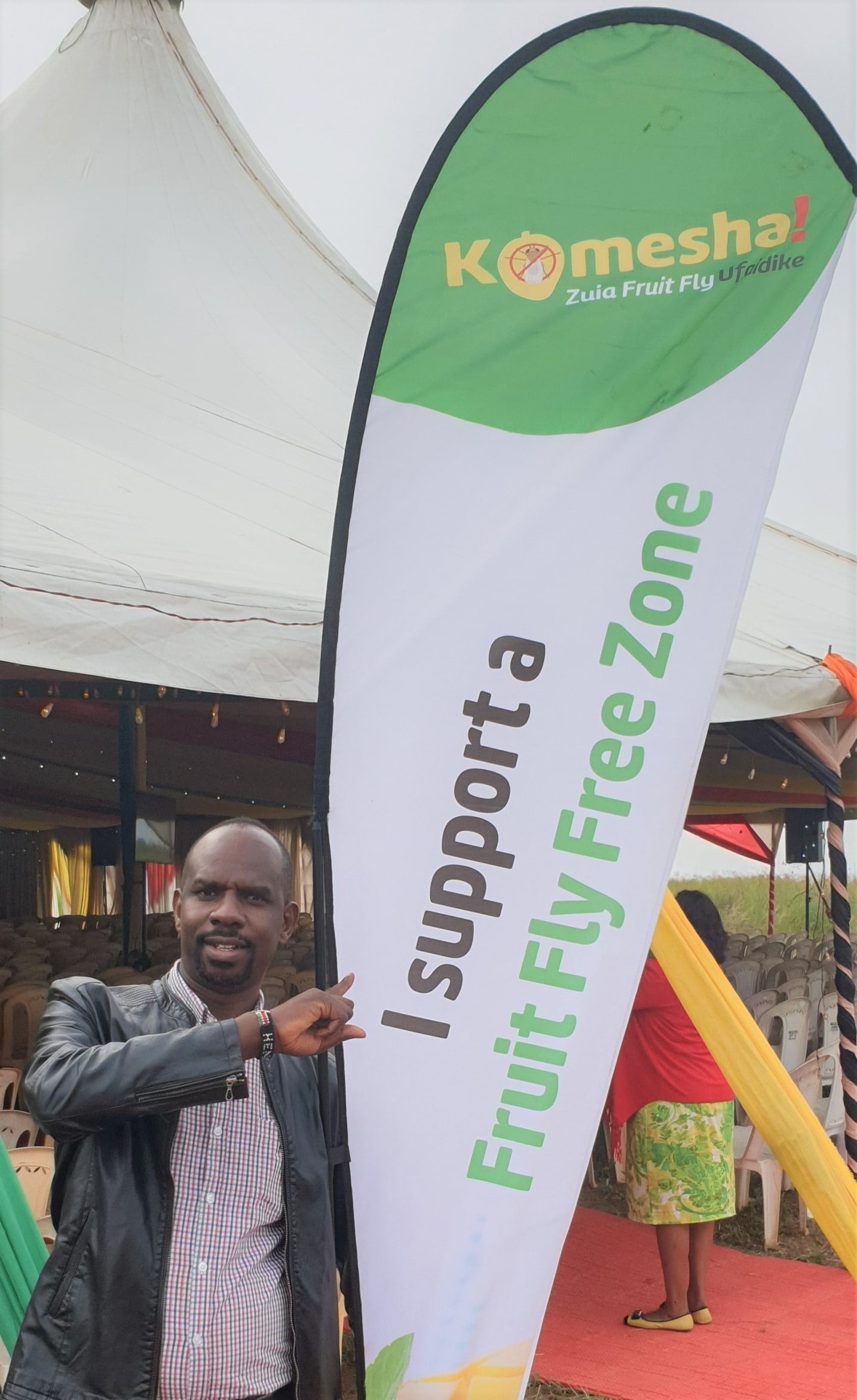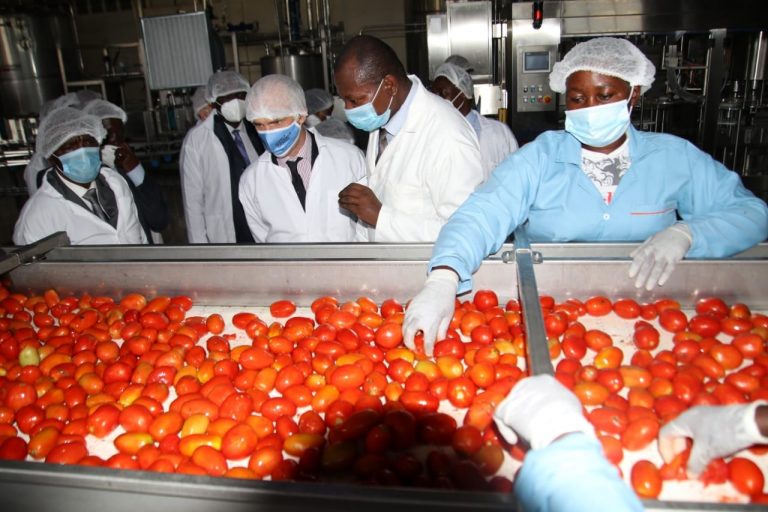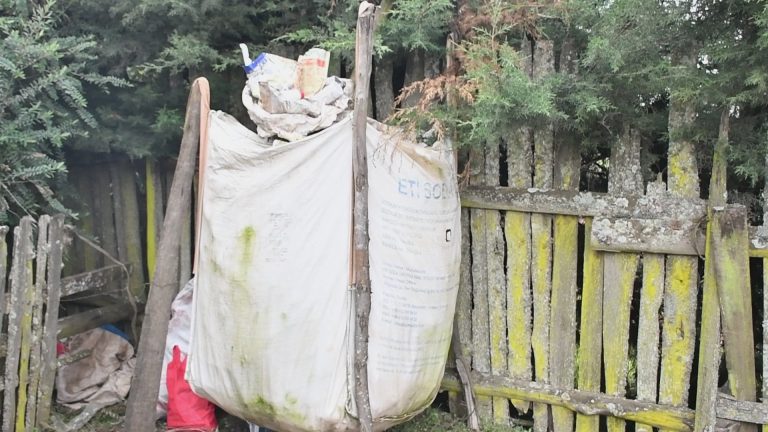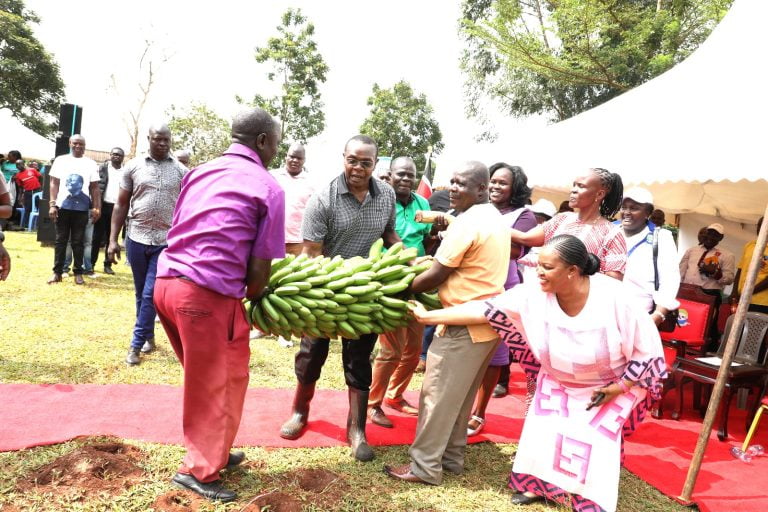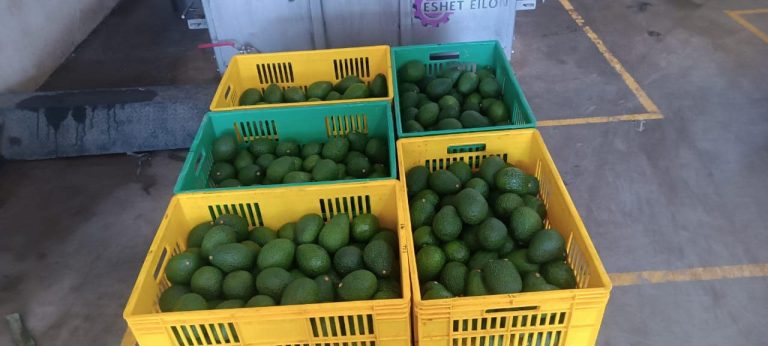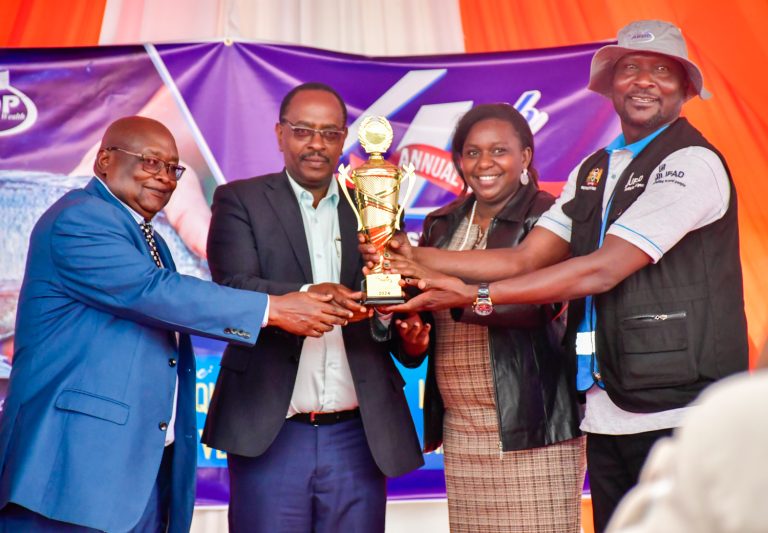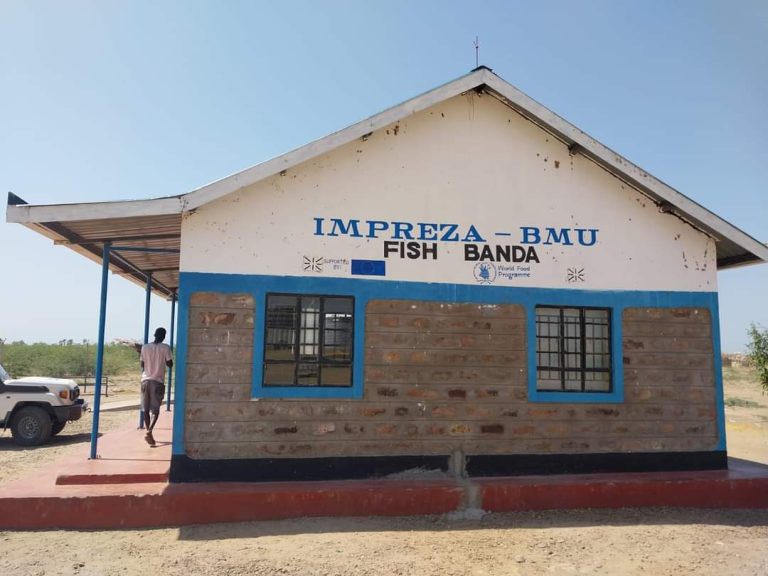Kenya has taken the first steps to re-enter the international mango market after years of imposing a self-ban. The self-ban to Europe and America was reached at after seizures of mango shipments by the European authorities between 2010 and 2014 whose cause was the fruit fly which had attacked mango fruits in the country. Stakeholders in the sector have joined hands and launched a campaign “Komesha fruit fly” to make Kenya a fruit fly free zone.
The campaign will be characterized by an integrated effort to control, suppress, eradicate, and/or manage the invasive exotic fruit fly pests utilizing principles of Integrated Pest Management (IPM) advanced through private and public sector actors. Developing and implementing an Integrated Pest Management (IPM) programs is highly preferred in order to minimize the use of chemical pesticides to produce fruit fly-free and residue-free fruits to facilitate compliance with food safety standards required for export and domestic markets.

Mango occupies an important place in Kenya. According to data from the Horticultural Crops Directorate (HCD) in 2016, the domestic value of horticulture production in Kenya amounts to Kshs. 216.37 billion. Fruits alone contribute Kshs. 57.5 billion (26.5%) of the total value. Mango is the second most common fruit produced in Kenya after banana. The data showed that 49,098 hectares were under mango producing 779,147 metric tonnes of mangoes valued at Kshs. 11.9 billion. This represents about 21% of the total value of fruits produced in Kenya.
The choice of launching the campaign in Makueni County was strategic as the County is leading in mango production in Kenya. The department of agriculture in the county says that 4,311,375 mango trees are found in the county grown by 109,465 farmers producing 280,389 metric tonnes of mangoes and valued at Kshs. 4.764 billion. Kitui County is second in production followed by Machakos. The counties are neighbours and mango contributes about 40% of the farm household income in the three counties. Makueni has also established a fruit processing factory, improved road networks, organizing producers and other stakeholders into legal and functional agriculturally based organizations, societies, providing direct financial and technical support among others. The lack of a market especially the export market caused by fruit flies is a major challenge up-to-date.
The fruit fly pest
Fruit flies cause direct damage by piercing the fruit skin to lay eggs. During egg laying, bacteria from the intestinal flora of the fly are introduced into the fruit. These bacteria cause rotting of the tissues surrounding the egg. When the eggs hatch, the maggots feed on the fruit flesh making galleries. These provide entry for pathogens and increase the fruit decay, making fruits unsuitable for human consumption. Generally, the fruit falls to the ground as, or just before the maggots pupate. In fruits for export, fruit flies cause indirect losses resulting from quarantine restrictions that are imposed by importing countries to prevent entry of fruit flies. Nearly all fruit fly species are quarantine pests. There are many types of fruit flies but the one wreaking havoc in Kenya is Bactrocera dorsalis. Yield loss on mangoes caused by the fruit flies in Kenya ranges between 40-80% of the crop depending on the locality, season, and the variety.
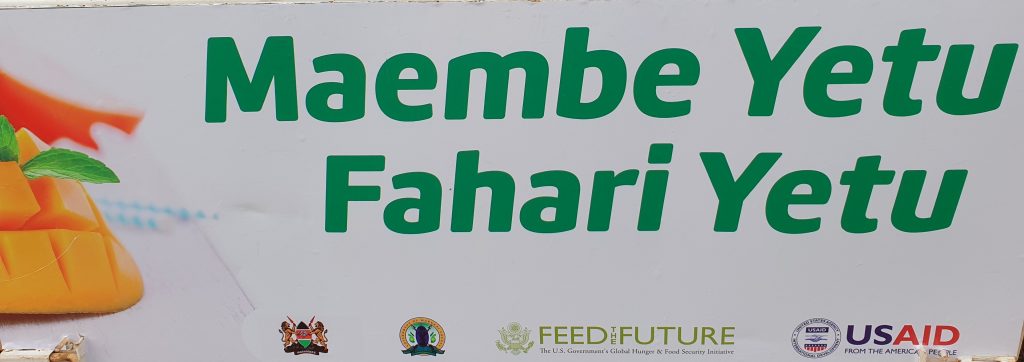
Partners in the campaign
• National and County governments (Makueni, Machakos, and Kitui).
• Research Organizations (ICIPE, KALRO)
• Regulators (KEPHIS, AFA (HCD), PCPB, etc.)
• Membership Organizations (AAK) FPEAK, FPC
• Farmer Organizations (Kenya Mango Producers and Marketing Org)
• Development Partners (SNV, Techno Serve, Rockefeller, AGRA, Digital Green etc.)
• Financial institutions
• Agro dealers through respective AGD associations
• Technology service providers e.g. Real IPM, Kenya Biologics etc.
• Media
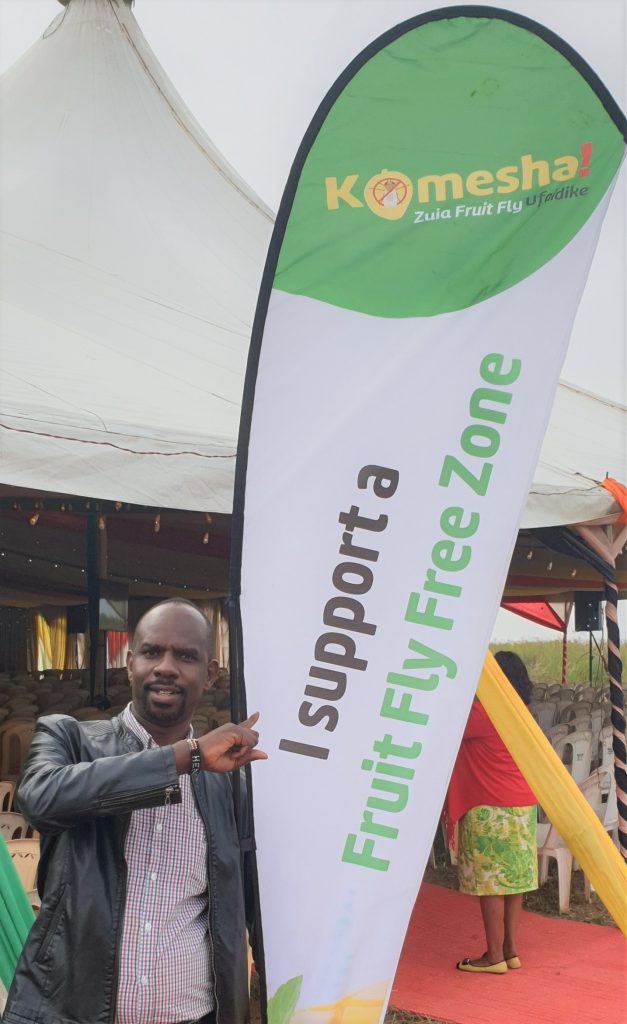
Each partner is playing a unique role in the campaign. Digital Green through Development of Local Extension Capacity (DLEC) project is partnering with the county government and other stakeholders in introducing digitally enabled extension approach in Makueni County. Key activities include training county staff in video production, editing, dissemination and data management. They are also providing them with equipment such as video cameras, Pico projectors and their accessories.
“In December last year Digital Green trained 18 extension staff and we will be working with the team supporting them to produce and use videos for extension. The first videos to be produced will be on management of mango fruit fly,” says Henry Kinyua, the Head of Digital Green in East Africa.
The fruit fly management strategies
The biology of the fruit fly pest makes it difficult to manage without the use of integrated pest management (IPM) approaches that involve farmers, government and other stakeholders. Measures put in place include:
- Raising awareness among farmers on the negative impact of fruit fly on both production and trade of mangoes
- Introduction of IPM technologies for management of fruit flies and other pests
- Demarcation of pest free areas (PFA) and areas of low pest prevalence (ALPP) strictly for production of mangoes for export to major markets
- Introducing post-harvest treatment (hot water treatment) of fruits, and adherence to the new mango certification protocol which shall be implemented by all parties in the mango value chain to ensure compliance to requirements for the targeted markets
Integrated Pest Management (IPM) Technologies
- Pheromone traps – A “pheromone trap” is a good and safe way to reduce the number of fruit flies. This method uses a pheromone or parapheromone (male lure) to attract the male fruit flies into a trap where they are killed. Even though only the male flies are killed, this makes it more difficult for the females to find a mate to make more maggots. The fruit fly trap is made using a plastic bottle.
- Food bait traps – Protein is an important nutrient in the adult fruit fly diet, therefore, specific proteins are used in bait-sprays mixed with toxicants to kill female fruit flies in an innocuous and safe way
- Biological controls (parasitoids, predators and fungi) – Tiny wasps parasitize the maggots of fruit flies. Major natural enemies are parasitic wasps (parasites the maggots of fruit flies) and predators such as rove beetles, weaver ants, spiders and birds and bats.
- Farm sanitation (sanitation bags, augmentorium cages and other measures) – Remove fruits with dimples and oozing clear sap. This method, although laborious, is more effective than picking rotten fruits from the ground, as the maggots may have left the fruits to pupate. To be effective this has to be done regularly (twice a week for the entire season). Kill the maggots by burning, burying or trying collected fruits in black plastic bags and exposing them to the heat of the sun for a few hours to kill the maggots. Alternatively, feed fruits to pigs or poultry. When burying fruits, ensure that the fruits are buried at least 50 cm (about two feet) deep to prevent emerging adult flies from reaching the soil surface


